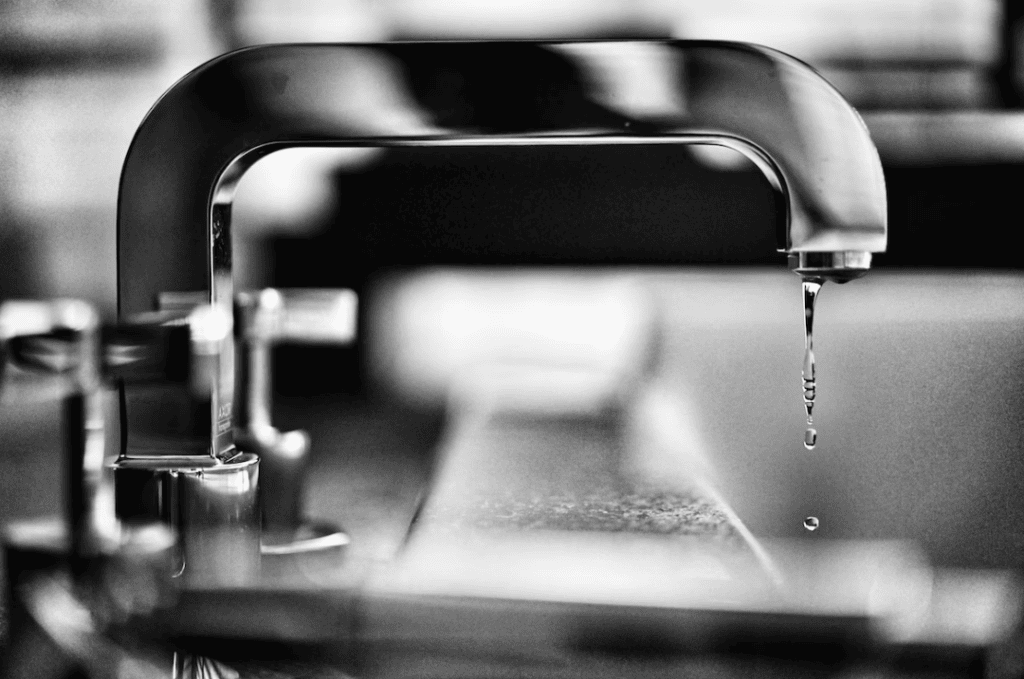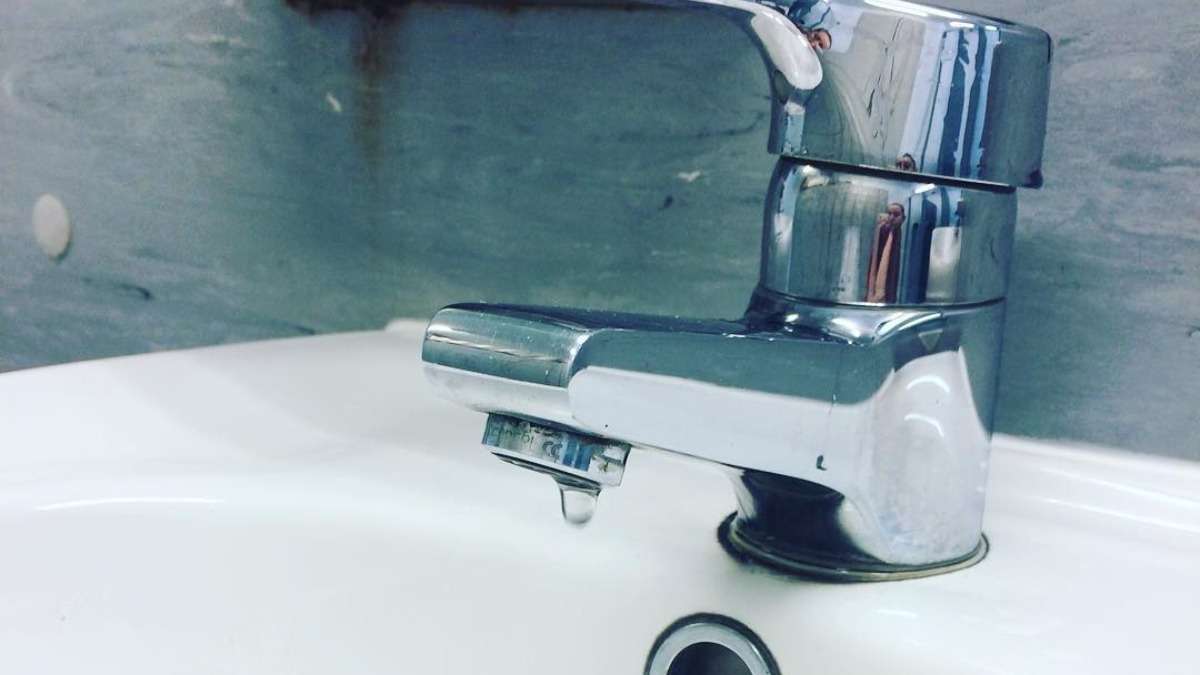Were you hunting for advise involving Health Risks Posed by Leaking Faucets?

Intro
A dripping tap could seem like a minor annoyance, but its consequences prolong far past the occasional drip. Comprehending the results of a leaky tap is vital for both house owners and the environment. In this write-up, we'll explore the different influences of this typical house issue and why resolving it promptly is necessary.
Causes of Leaky Faucets
Leaking taps can result from a range of factors, including deterioration, high water pressure, and deterioration. With time, the consistent use faucets can lead to worn-out seals and gaskets, causing leaks to develop. Additionally, excessive water stress can place pressure on plumbing components, causing leaks. Rust and rust can also damage tap elements, making them prone to leakage.
Water Wastefulness
One of the most substantial repercussions of a leaky tap is water wastage. Also a small drip can amount to gallons of wasted water over time. This not just drives up water costs but additionally contributes to water deficiency and environmental destruction. Dealing with dripping faucets without delay is important for conserving this valuable source and reducing its influence on the planet.
Financial Effect
Along with drainage, leaky faucets can likewise have a significant financial effect. Raised water expenses are a direct consequence of water wastefulness, costing homeowners thousands of dollars annually. In addition, the expense of repairing water damages triggered by leakages can be considerable, especially if left neglected for an extended duration.
Environmental Influence
The environmental influence of leaky taps extends past water wastage. By preserving water, homeowners can add to more comprehensive efforts to alleviate water scarcity and safeguard all-natural communities. Lasting alternatives such as rainwater harvesting and water-efficient components can further minimize the environmental impact of household water use.
Technological Solutions
Improvements in technology have actually caused the development of clever faucets and water-saving devices that aid decrease water wastage. Smart faucets use sensing units to find activity and readjust water flow as necessary, lowering waste without sacrificing benefit. Water-saving gadgets such as aerators and low-flow showerheads are also efficient in conserving water without endangering efficiency.
International Perspectives
While leaky faucets might feel like a local concern, they add to more comprehensive global difficulties such as water scarcity and environment modification. In regions already facing water tension, every drop counts, making leakage avoidance and repair service crucial. By embracing water-saving practices and buying lasting innovations, home owners can play their part in addressing these pressing worldwide issues.
Regulative Measures
Government guidelines play a vital function in mitigating the influence of leaking faucets and promoting water preservation. From developing codes that call for water-efficient fixtures to water-saving incentives and refunds, policymakers have a series of tools at their disposal. By carrying out and enforcing these policies, federal governments can ensure that property owners focus on water conservation in their day-to-days live.
Area Influence
Addressing leaky faucets requires collective initiatives at the community level. By elevating understanding concerning the importance of water conservation and offering resources for leak detection and repair service, neighborhood authorities can empower property owners to take action. Initiatives such as water-saving rebate programs and leak detection projects can incentivize actions adjustment and promote accountable water use.
Situation Studies
Real-life examples of the impact of leaking faucets emphasize the value of positive upkeep and timely fixings. From water damage to increasing water expenses, the effects of disregarding leaks can be serious. By sharing these case studies, house owners can better recognize the relevance of addressing dripping faucets promptly.
Educational Campaigns
Educational projects play an important role in raising understanding about the effects of leaking taps and advertising water conservation practices. With workshops, workshops, and on-line resources, house owners can find out how to discover and fix leakages themselves. By empowering individuals with knowledge and tools, educational campaigns can foster a society of accountable water use within neighborhoods.
Wellness Worries
Leaking faucets can produce conducive settings for mold and mildew and mildew growth, presenting health risks to owners. The visibility of mold and mildew can exacerbate respiratory concerns and allergic reactions, especially in susceptible people. Furthermore, water damages resulting from leaks can jeopardize the structural honesty of buildings and result in expensive fixings.
DIY vs. Expert Repair work
When faced with a leaking faucet, homeowners commonly discuss whether to try repairs themselves or hire a professional plumber. While DIY repairs can conserve money, they may not always address the underlying issue successfully. Professional plumbing technicians have the experience and devices to diagnose and repair leaks appropriately, ensuring lasting remedies and comfort for property owners.
Preventive Measures
Preventing dripping faucets requires normal maintenance and aggressive steps. Simple jobs such as replacing damaged washers and seals can protect against leaks from developing. Furthermore, upgrading to top notch fixtures and lowering water pressure can aid prolong the life expectancy of faucets and reduce the threat of leaks.
Final thought
Finally, the effects of a leaky faucet expand far beyond the periodic drip. From water wastage and enhanced water expenses to wellness concerns and environmental effect, the effects of overlooking leaks can be significant. By dealing with leaking taps without delay and taking on water-saving techniques, homeowners can mitigate these effects and contribute to a more lasting future.
Why You Shouldn’t Ignore a Leaky Faucet in Your Home
What Causes a Leaky Faucet?
Various factors can cause a leak, from loose and worn-out parts to corrosion. Your faucet has four essential components from which most plumbing issues will stem: the O-ring, the valve seat, the washer and the gasket.
What Is an O-Ring?
The O-ring is a stem screw that fastens parts of the faucet in place, preventing water from leaking out of the spout. Depending on your faucet type, the stem might have multiple O-rings. Water will drip from the faucet’s handles and base if this part breaks or deteriorates.
What Is a Valve Seat?
The valve seat controls the flow and temperature of the water. Found at the base of the handle, it works as a seal for the faucet’s stem. The valve seat ensures the water is allowed to flow or is blocked as the handles dictate. You’ll know it’s malfunctioning when water leaks from your faucet’s sides.
What Is a Gasket?
The gasket is found between the water inlet and the valve stem. It creates a seal between the faucet and the sink, holding its joints by aerators attached to the stem’s head. Water will trickle out from the base if the gasket isn’t working.
What Is a Washer?
The washer secures the handles and prevents leakage, serving a similar purpose to the O-ring. While the O-ring is ordinarily round and made from an elastic material, such as rubber, the washer is square-shaped and composed of brass, copper and other hard metals. If it malfunctions, corrodes or has been improperly installed, water will leak out of the handles, causing that incessant faucet drip.
Why Is a Leaky Faucet Dangerous?
A leaky faucet left alone for too long can have significant consequences.
Pest Infestations
Since bugs and rodents gravitate towards the scent of water, a leaky faucet will draw pests to your sink. Both are looking for leaks accessible through crawl spaces, which a faucet provides. If you leave water dripping for too long, you run the risk of an infestation.
Rust
If one of the faucet parts has started to corrode, the resulting rust can spread to your pipes and valves with startling speed. The rust might even lead to cracks or other impairments, resulting in more severe plumbing issues.
Your sink could also sustain damage from a leaky faucet. The water in your tap possesses sparse elements of calcium and iron that can stain your sink with repeated and prolonged exposure. Once those elements in the water have been open to the air for some time, your sink will start to rust, creating marks that can be difficult to remove.
https://www.tomsmechanical.com/blog/why-you-shouldnt-ignore-a-leaky-faucet-in-your-home

I stumbled upon that review on Here's How to Fix a Leaky Faucet while doing a lookup on the web. Those who appreciated our post plz be sure to share it. Thanks for being here. Return soon.